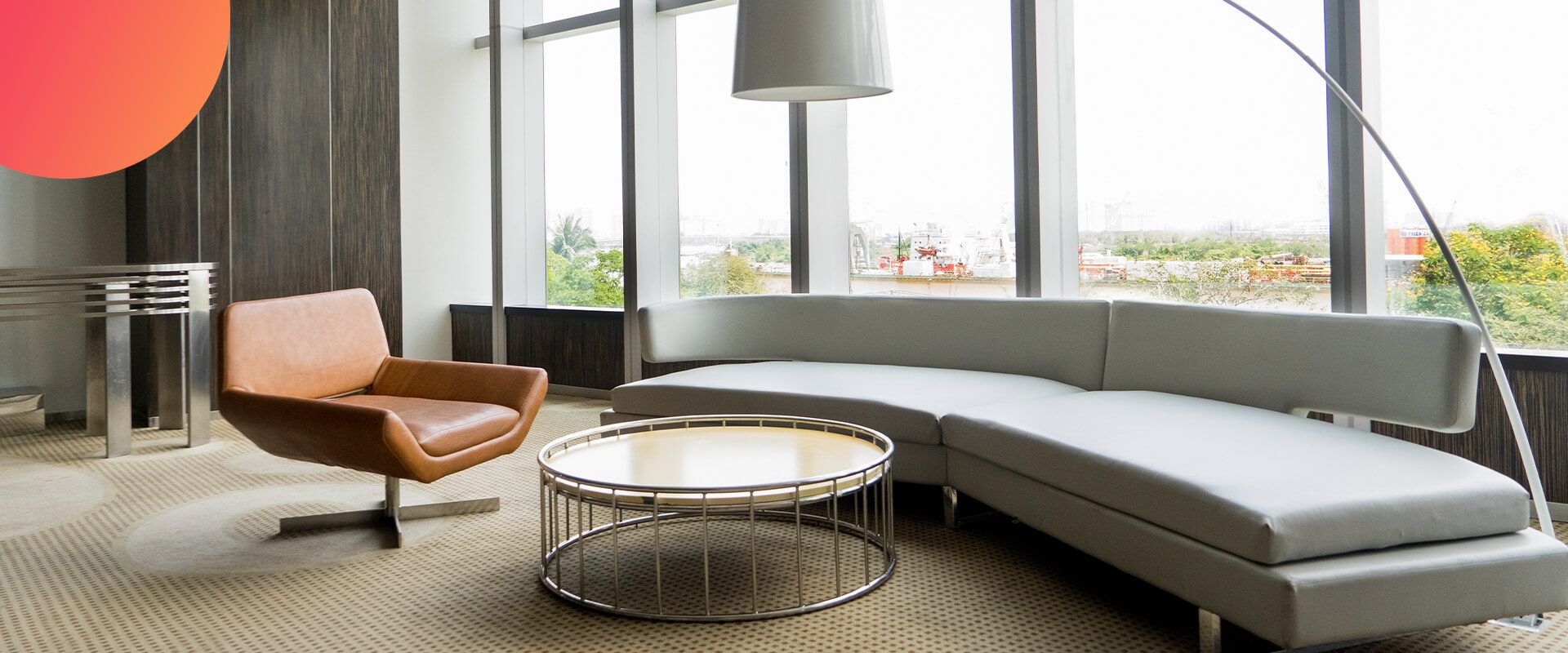February 25, 2022by BeRightHere
Satellite Offices
The Next Significant Flex for India’s Tech Sector
In the wake of the pandemic, we have been challenged to work differently. The conventional way to connect, grow, and ideate was at work, in the office. Work from home has become an acceptable model for some in the technology sector, while shared spaces have proven fruitful. Suffice to say, office spaces have been through a welcome change. The approach to the term ‘office’ has changed. The COVID-19 pandemic has contributed to the evolution of satellite offices. With technology giants investing in satellite offices in smaller cities, here are a few key influences that these offices will bring to India’s tech sector.Sense of Oneness
Work settings are the means of giving employees a sense of belonging. A physical presence helps employees connect to the organisation’s cause and feel the uniformity with a sense of oneness. Especially, in tech companies where teams are seated together, share cabins, work together in meeting halls, and train together in conference rooms. A desk, office, or cabin provides an insight into territory for employees that can’t be achieved when working from home. The pandemic may have helped everyone manage work and life from home but the sense of togetherness for a team cannot be brought virtually. Companies strategically invested in satellite offices to create a sense of belonging closer to home, thereby giving employees a physical space to root themselves.Culture-building
Everyday occurrences like work badges, traveling together to work, breakout rooms, and games have been key influences in the tech industry to build company culture. In a physical setting, a sense of identity is easily established. While remote working can bring productivity and completion, the purpose of work culture becomes a low achieved target. Meeting and greeting team members is a great way to build relationships and develop a strong sense of team spirit. With the ongoing changes in the workspace industry, satellite offices allow companies to instill this culture that Work From Home cannot.Real Estate
Tech giants that have employees spread across cities now have the option of setting up smaller offices in each town. However, multiple investments are required as opposed to a single significant investment. From a financial point of view, ample physical space offers perks and benefits. In scenarios where their customer or employee base is concentrated in one geographical location, a satellite office with similar perks works out to be more cost-effective.Networking at Satellite Offices
The networking within a big IT office with many departments may not be as easy as the networking within smaller satellite offices. In a smaller pool of talent, opportunities and talent exchange across departments helps creativity and growth. Easy access to fellow employees is possible in a satellite office compared to a bigger space.Collaboration Across Geography
Employees are bound by the apparent physical address when working out of one big office.Talent from smaller cities has migrated because of IT jobs to bigger cities. With satellite offices across the country, tech employees can work from any location. Collaboration among employees across cities is facilitated by its geographical pooling of talent. Additionally, it enhances the scope of work while traveling and traveling to work.Accessibility
Tier 1 cities have been the obvious choice of most tech companies. The investment in real estate and office space over the past two decades has been immense. With the changes that the pandemic brought, satellite offices within smaller cities helped employees access work easier. For employees, the ease of reaching an office that is within one’s city trumps traveling to a bigger city. Small towns with satellite offices give employees the hassle-free option of no travel. One would be more inclined to work if it was easier to reach the office.Working From Tier 2 and Tier 3 Cities
The increase in investment of satellite offices by technology companies in Tier 2 and 3 cities, unlocks possibilities of working closer to home from smaller cities. With the satellite office model, talent from Tier 2 and Tier 3 cities has the opportunity to stay at home and work instead of traveling to bigger cities. This strategic model helps create a knowledge and training base and boost economies for these locations. This model reduces the hassle of travel, thus making satellite offices a greener alternative. The changes IT employees will face with the advent of satellite offices will encourage a harmonious work-life balance. Employees are happier when working from closer to home. Here are some reasons why:- More time for friends and family
- Motivated mental health
- Economical choice
- Green footprint
- Builds a sense of community


 My Bookings
My Bookings Sign out
Sign out


